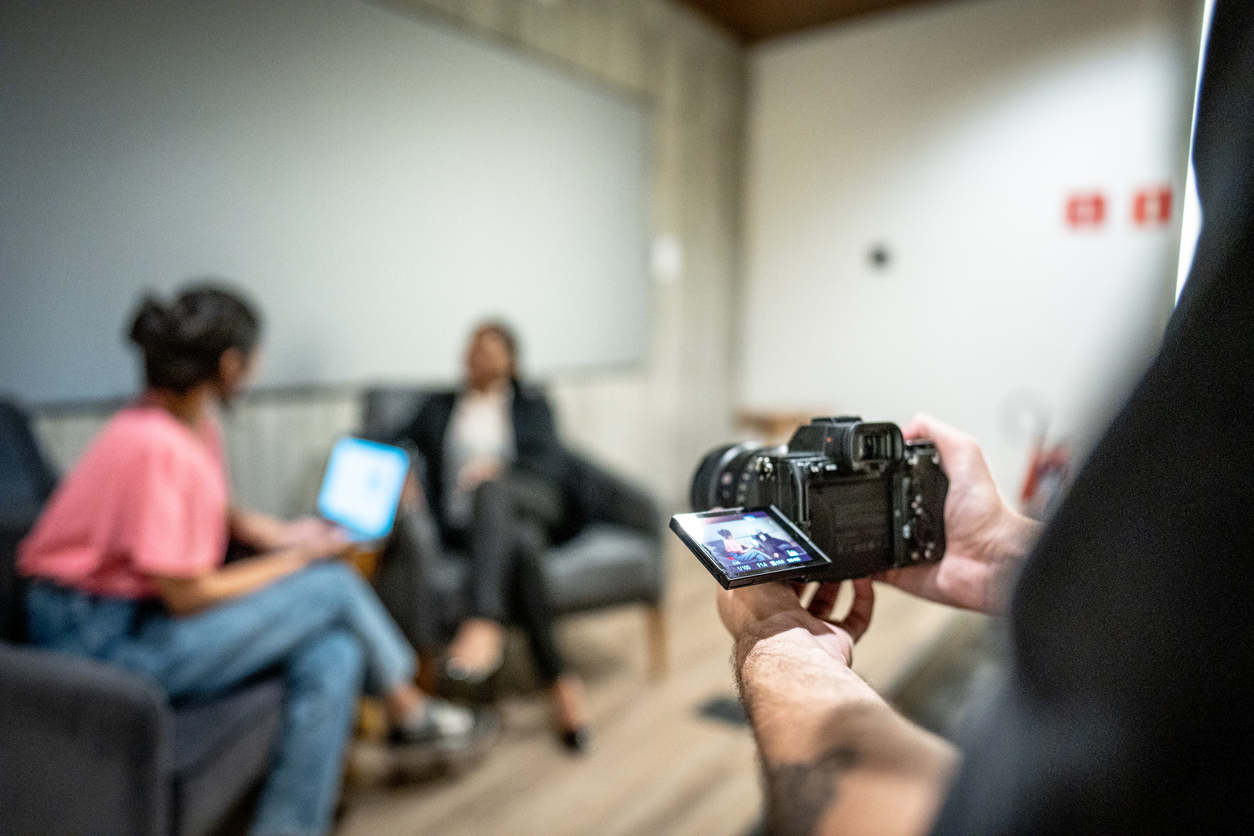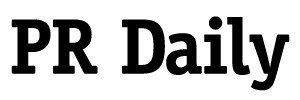Helping executives be human in interviews
Why one media relations pro describes herself as ‘anti-talking point.

Media training isn’t just about staying on message. It’s about helping executives show up as credible, confident and human – whether they’re sitting down for a print interview or chatting with a podcast host.
“We’re not just preparing people to stick to a script,” said Madeleine Shin, executive vice president and U.S. health media lead at Weber Shandwick.
Shin has prepared leaders for earnings calls, crisis moments, fireside chats and long-form profiles. Her approach blends strategy, real-time coaching and a focus on authentic delivery.
“We’re helping them bring their experience into the room and show up as themselves,” said Shin, who will co-lead a session on C-suite media training at Ragan’s PR Daily Conference this May.
Beyond the talking point
Traditional media training often centers on polished soundbites, but Shin said there’s a lot more to it.
“My approach is to become anti–talking point,” she said. “Of course, we still use them, but they have to be rewritten in the executive’s own voice. That’s how you get something that actually sounds like a person speaking.”
She co-creates language in real time with the executive, revising anything that doesn’t feel natural when said out loud.
“After reviewing the messaging, we pause with a slide that says: ‘In your own words’ to ensure the spokesperson is comfortable with the content.”
Most message sets ladder up to five themes:
- Who the executive is and what they’ve done.
- Why they’re speaking now.
- Three to five messages tied to the topic.
- A high-level point of view on the industry or world.
- A closing summary that echoes key points.
The goal isn’t a script. It’s ensuring the essential messages come through clearly and consistently – even in response to unexpected questions..
“Executives should be co-creators in this process,” Shin said. “That’s what makes the difference between a performance and a conversation.”
Tailoring for the format
Shin said training must evolve with the media landscape. A single approach doesn’t work across live TV, digital segments and print.
“Sometimes we’ll break the training into three separate sessions – one for print, one for broadcast, one for podcast,” she said. Podcasts are a “beast” to prep for.
“They’re long, they’re conversational and you need to pivot and go deep on different topics,” she said.
Shin’s team runs multiple mock interviews. They research the reporter’s past work and the current news cycle to build realistic and curveball questions. For podcasts, they rehearse for an extended period – perhaps 30 minutes if the real interview runs an hour – to make sure the simulation feels as real as possible
“We’ll do a mock interview question by question, then diagnose the answers,” Shin said. “Later, we’ll run multiple questions in a row and give real-time feedback.”
They also train for satellite tours and rapid-fire interviews, helping executives boil messaging down to an elevator pitch.
“That first answer – no matter the first question – should essentially be your elevator pitch,” she said. “Who you are, why you’re here and what people should walk away with.”
How to push back
Even the most accomplished executives need help translating their expertise for a general audience. That can be difficult for longtime leaders to grasp, Shin said, especially when they’re the ones expected to understand the company inside and out.
But that familiarity can also present great risk if they don’t know the answer to a question or answer poorly.
“One of the hardest parts of media training is knowing when and how to provide feedback,” Shin said. “When a spokesperson needs more rehearsal or averse to coaching, you have approach feedback in a way that explains the ‘why,’ And then explain it in a way that respects their expertise.”
She shared a real-life example from training a well-known actor with a medical background, for a pharmaceutical campaign.
“He came essentially saying, ‘I do this for a living; I don’t need training,’” she said. “But pharmaceutical interviews are very different from promoting a movie or show.”
To reach him, her team acknowledged and respected his experience while explaining the stakes, especially around regulation in the pharmaceutical industry and the importance of medical accuracy.
“When he understood the gravity and the difference of this kind of interview, it made the training go so much better,” Shin said. “At the end, he thanked us and said, ‘You’re right, this is different.’”
As for feedback, Shin often uses the “sandwich” method – starting with a strength, naming something to improve, then ending with another strength.
“You’re not challenging their intelligence,” Shin said. “You’re helping them communicate it more clearly.”
An ongoing effort
Helping someone communicate in an authentic way is as much about understanding them as it is an interview format or topic.
Shin stressed the importance of getting regular face time with executives for media training. She advises conducting a “101” media training with new C-suite members as soon as part of their onboarding and then scheduling regular refreshers.
“You don’t just walk into a training cold,” Shin said. “You start with research. What’s their communication style? What are their strengths and weaknesses? And then you build from there.”
But media training isn’t a one-session process, Shin said.
“The best trainings aren’t one-off workshops,” she said. “They’re relationships. They’re iterative. That’s how you help someone truly grow.”
The PR Daily Conference will take place May 21-23 in Washington, D.C.
Casey Weldon is a reporter for PR Daily. Follow him on LinkedIn.







